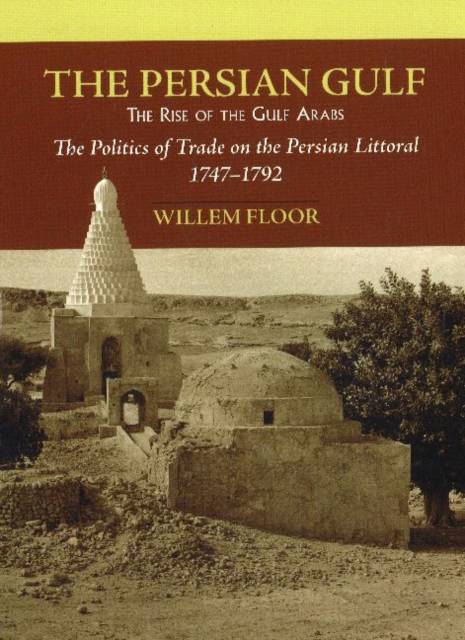
- Afhalen na 1 uur in een winkel met voorraad
- Gratis thuislevering in België vanaf € 30
- Ruim aanbod met 7 miljoen producten
- Afhalen na 1 uur in een winkel met voorraad
- Gratis thuislevering in België vanaf € 30
- Ruim aanbod met 7 miljoen producten
Zoeken
€ 67,95
+ 135 punten
Uitvoering
Omschrijving
The history of the Persian Gulf during the eighteenth century is still little known. This gap is now being filled by the historian and renowned scholar Willem Floor, first with publication of The Persian Gulf: A Political and Economic History of Five Port Cities, 1500-1730, and now with The Persian Gulf: The Rise of the Gulf Arabs, The Politics of Trade on the Persian Littoral, 1747-1792. This study tells the fascinating story of the shift in trade from the lower to the upper Gulf, while there was also a partial shift of trade from the northern Persian coast to the southern Arab coast. It tells of the departure of first the Dutch then the British trading companies, and the rise of the local rulers who began to dominate political developments, whether it was the Imam of Oman in Masqat, the Qavasem in the Strait of Hormuz, the Ka'b in the Shatt al-Arab, Sheikh Naser in Bushire and Bahrain, Mir Mohanna in Dashtestan and at the head of the Gulf, and the 'Otobis at Kuwait, Bahrain and Zubara. And finally it tells of how, because of a lack of interest by the Persian and Ottoman governments in the region, the Bombay fleet of the East India Company increasingly used their naval power to protect commercial interests in the Gulf, which paved the way for a similar role played by the British Royal Navy in the nineteenth century.
Specificaties
Betrokkenen
- Auteur(s):
- Uitgeverij:
Inhoud
- Aantal bladzijden:
- 388
- Taal:
- Engels
Eigenschappen
- Productcode (EAN):
- 9781933823188
- Verschijningsdatum:
- 15/09/2007
- Uitvoering:
- Paperback
- Formaat:
- Trade paperback (VS)
- Afmetingen:
- 210 mm x 279 mm
- Gewicht:
- 870 g

Alleen bij Standaard Boekhandel
+ 135 punten op je klantenkaart van Standaard Boekhandel
Beoordelingen
We publiceren alleen reviews die voldoen aan de voorwaarden voor reviews. Bekijk onze voorwaarden voor reviews.











